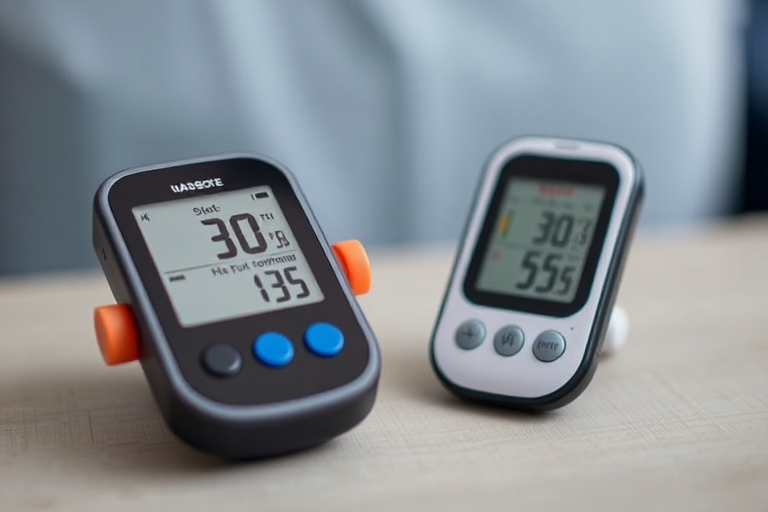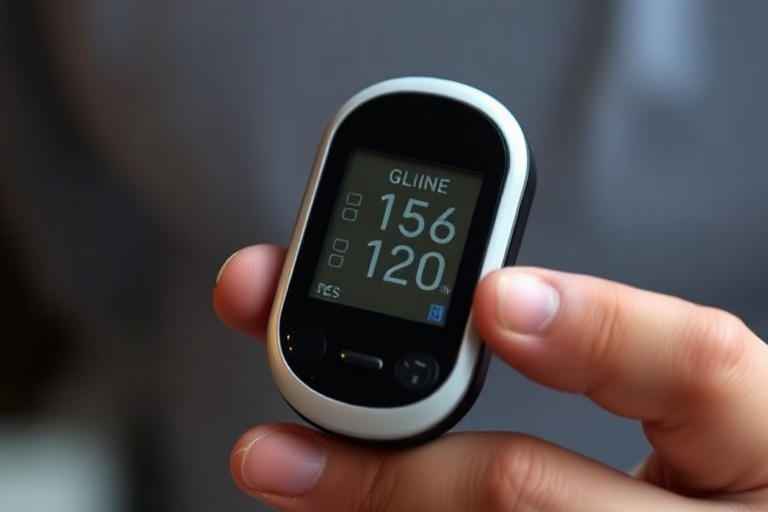Maintaining optimal blood sugar levels is crucial for overall health, especially for individuals managing diabetes or prediabetes. Blood sugar, or glucose, is the primary source of energy for the body’s cells, and its regulation is essential for preventing complications such as nerve damage, kidney disease, and cardiovascular issues. In this article, we will explore the importance of blood sugar health, the role of glucose monitoring devices, and how these tools can empower individuals to take control of their health.
Blood sugar levels fluctuate throughout the day, influenced by factors such as diet, physical activity, stress, and medication. For people with diabetes, the body either doesn’t produce enough insulin (Type 1 diabetes) or doesn’t use insulin effectively (Type 2 diabetes). This imbalance can lead to hyperglycemia (high blood sugar) or hypoglycemia (low blood sugar), both of which can have serious health consequences.
Regular monitoring of blood sugar levels is a cornerstone of diabetes management. Traditional methods involve using a glucose meter, which requires a small blood sample, typically obtained by pricking the finger. These devices provide immediate feedback on blood sugar levels, allowing individuals to make informed decisions about their diet, exercise, and medication.
In recent years, continuous glucose monitoring (CGM) systems have gained popularity. These devices use a tiny sensor inserted under the skin to measure glucose levels in real-time, transmitting the data to a smartphone or dedicated receiver. CGMs offer several advantages over traditional glucose meters, including the ability to track trends and patterns in blood sugar levels, which can help identify triggers for highs and lows.
One of the key benefits of using glucose monitoring devices is the ability to detect and respond to blood sugar fluctuations promptly. For example, if a CGM alerts a user to a rapidly dropping blood sugar level, they can take immediate action, such as consuming a fast-acting carbohydrate, to prevent hypoglycemia. Similarly, if blood sugar levels are consistently high, adjustments to diet, exercise, or medication can be made to bring levels back into the target range.
In addition to helping manage diabetes, glucose monitoring devices can also be valuable tools for individuals looking to optimize their overall health. By tracking blood sugar levels, people can gain insights into how different foods and activities affect their glucose levels, enabling them to make more informed lifestyle choices. For example, someone might discover that a particular type of carbohydrate causes a significant spike in blood sugar, prompting them to choose alternative options.
It’s important to note that while glucose monitoring devices are powerful tools, they are not a substitute for professional medical advice. Individuals should work closely with their healthcare providers to develop a personalized diabetes management plan that includes regular monitoring, appropriate medication, and lifestyle modifications.
In conclusion, maintaining healthy blood sugar levels is essential for preventing complications and promoting overall well-being. Glucose monitoring devices, whether traditional meters or advanced CGM systems, play a critical role in helping individuals manage their blood sugar levels effectively. By providing real-time data and insights, these tools empower users to take control of their health and make informed decisions that support long-term wellness.

